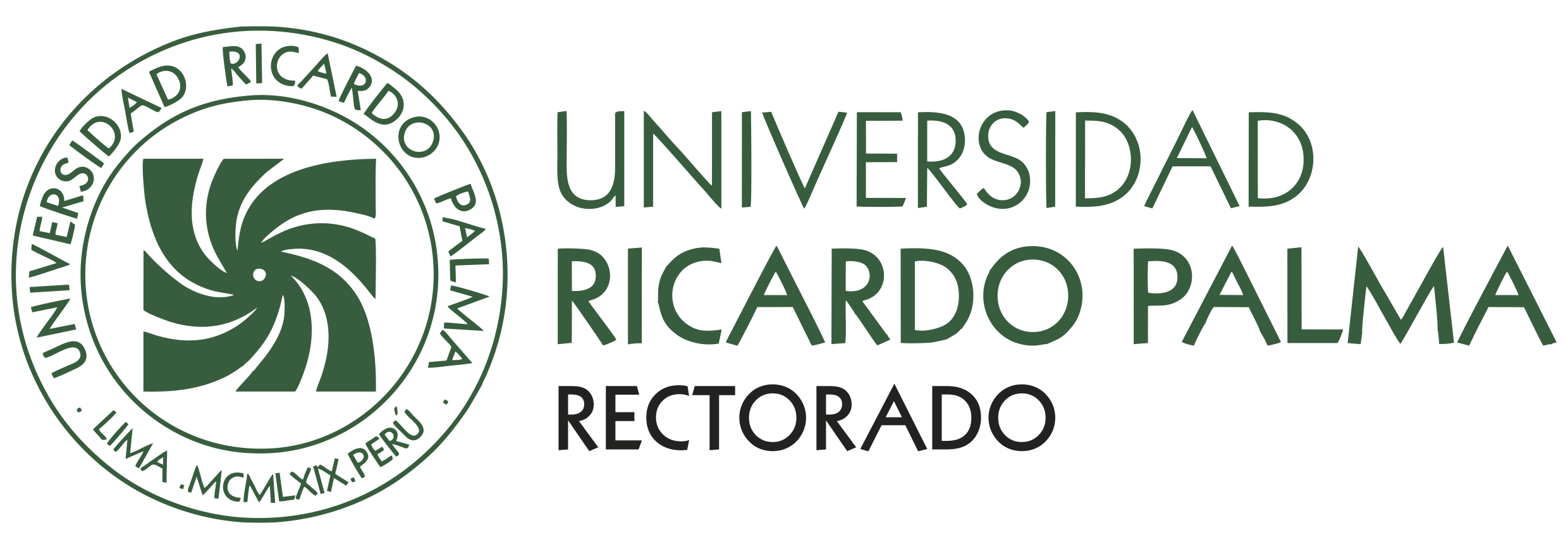Law and visual arts: image, imaginary, and imagination in Law
DOI:
https://doi.org/10.59885/iusinkarri.2024.v13n16.09Keywords:
law, visual arts, image, imaginary, imaginalAbstract
This paper aims to discuss the relationship between image, imaginary, and imagination in law, based on eight possible contributions that the language of visual arts can offer to the legal field. The central issue is to observe how legal formalism values only positivist forms of knowledge and establishes predominantly instrumental relationships within legal culture. Using an analytical methodology and the technique of literature review, primarily grounded in the notion of function/performance from Niklas Luhmann’s social systems theory. The expected outcome is to highlight significant contributions from studies in law and visual arts to the development of a movement that values imagination, creativity, intelligence, and culture in the legal field.
Downloads
References
Benjamin, W. (1994). A obra de arte na era de sua reprodutibilidade técnica. In W. Benjamin, Magia e técnica, arte e política: ensaios sobre literatura e história da cultura (7.ª ed., pp. 165-196). Brasiliense.
Borges, J. L. (1949). El Aleph. Editorial Losada.
Bottici, C. (2014). Imaginal politics: Images beyond imagination and the imaginary. University Press.
Castoriadis, C. (1982). A instituição imaginária da sociedade (G. Reynaud, trad.). Paz e Terra.
Castoriadis, C. (1994). The discovery of the imagination. Constellations, 1(2), 183-213.
Corbin, H. (1993). L’imagination créatrice dans le soufisme d’Ibn Arabî. Aubier.
Deleuze, G., e Guattari, F. (2010). O anti-Édipo: Capitalismo e esquizofrenia (L. B. L. Orlandi e W. L. Maar, trad., 4.ª ed.). Editora 34.
Derrida, J. (1995). Mal d’archive: Une impression freudienne. Éditions Galilée.
Han, B. -C. (2017). A sociedade do cansaço (E. P. G. Giachini, trad.). Vozes.
Karam, H. (2017). Questões teóricas e metodológicas do direito na literatura: um percurso analítico-interpretativo a partir do conto Suje-se gordo!, de Machado de Assis. Revista Direito GV, 13(3), 827-865. http://dx.doi.org/10.1590/2317-6172201733
Lacan, J. (1998). Os quatro conceitos fundamentais da psicanálise: Seminário XI (S. Telles, trad.). Jorge Zahar.
Luhmann, N. (1984). Soziale Systeme: Grundriß einer allgemeinen Theorie. Suhrkamp.
Luhmann, N. (1997). Die Gesellschaft der Gesellschaft. Suhrkamp.
Marcuse, H. (1969). O homem unidimensional: As consequências do avanço da sociedade industrial para a cultura e a psique humana (S. Milliet, trad.). Zahar.
Orwell, G. (1949). Nineteen Eighty-Four. Secker & Warburg.
Platão. (2006). A República (J. M. Pires, trad.; 5.ª ed.). Martins Fontes.
Sandel, M. J. (2020). The tyranny of merit: What’s become of the common good? Farrar, Straus e Giroux.
Sherwin, R. K. (2011). Visualizing law in the digital baroque: Governance and the coding of the image. Routledge.
Trindade, A. K., e Bernsts, L. G. (2017). O estudo do «direito e literatura» no Brasil: surgimento, evolução e expansão. Anamorphosis. Revista Internacional de Direito e Literatura, 3(1), 225-257. https://doi.org/10.21119/anamps.31.225-257
Downloads
Published
How to Cite
Issue
Section
License
Copyright (c) 2024 Rafael Lazzarotto Simioni

This work is licensed under a Creative Commons Attribution 4.0 International License.













